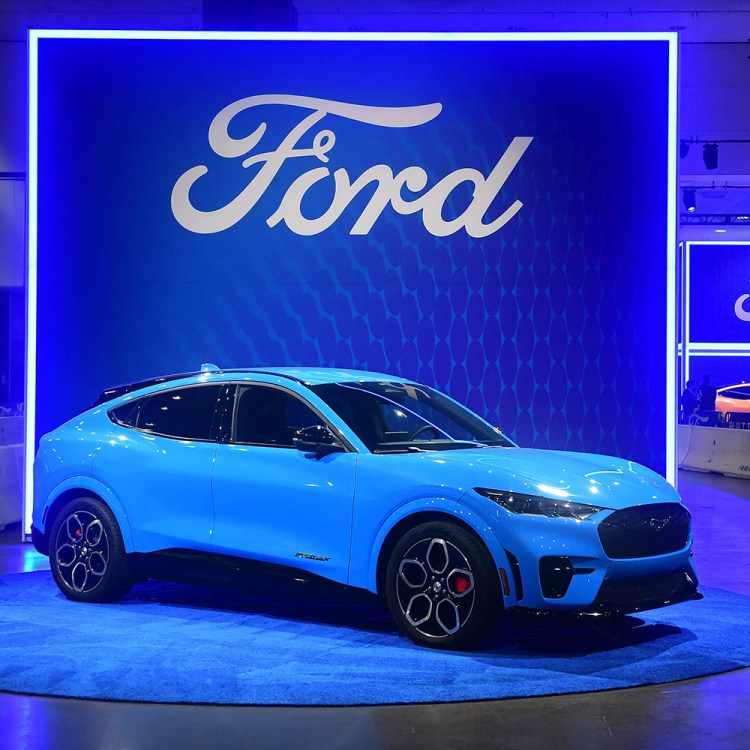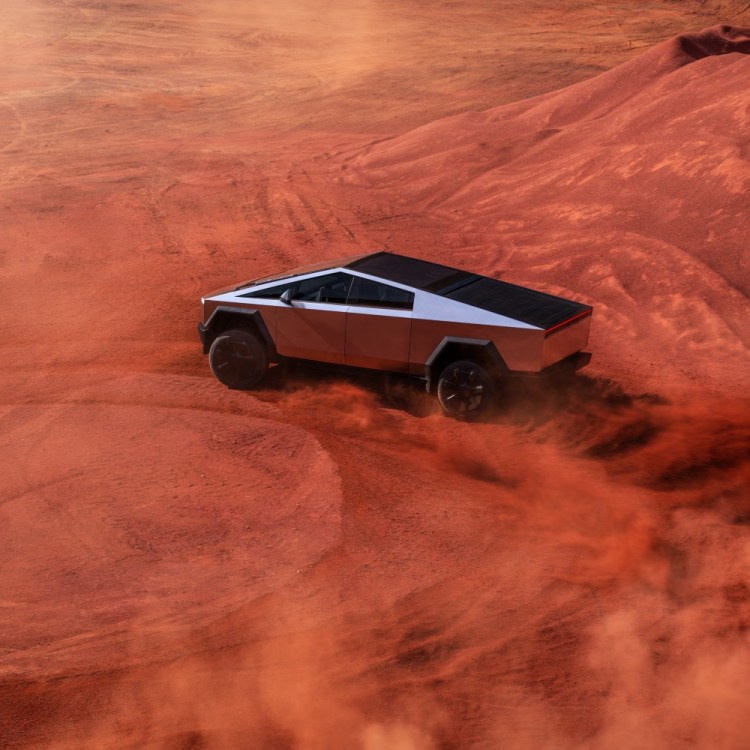An e-bike that fits into a backpack? A $35,000 Aston Martin superbike? A commuter made of cardboard?
The humble bicycle is definitely in the midst of a transitional period — which can be really confusing for cyclists, especially those trying to sort out short-lived gimmickry from true innovation … much less deciding what to buy, and when.
With NAHBS (the North American Handmade Bicycle Show), the year’s first major trade show, behind us, we now have a mouth-watering glimpse of the most advanced bike tech on the horizon. Later this year, at Interbike and Eurobike, the cycling industry will roll out the next increment of standardization and unveil tantalizing new prospects for the Bike of the Future.
Here’s what to expect.
Canyon
How will the Bike of the Future work?
While electronic shifting has become the standard in the pro peloton over the last six years, 2016 will see the introduction of the biggest innovation since its inception: wireless shifting. Both SRAM’s eTap (America’s answer to Shimano’s Di2 and Campagnolo’s EPS systems) and FSA are introducing electronic groupsets either now or in the immediate future.
That’s right, basically everything but your brakes will soon be managed by Bluetooth or ANT+. Add that to your heart monitor, power meter and GPS and you’ve basically got more tech strapped on than your company’s IT guy uses over the course of an average workday.
Sounds more complicated than the biking I knew as a child.
Yes, but this is a good thing. You’ll be able to break down your performance after each ride and fine-tune your fitness … as long as you’ve got the right tech to tie it all together. And while it’s basically impossible to predict the future, it definitely seems that the key here is integration: of rider and mobile device-enabled smart bike, that is.
From mind-reading bikes to heavy-duty off-roaders with built-in motors, from inexpensive utilitarian workhorses to elegant belt-drive-propelled supercommuters with integrated lights, this is undoubtedly the direction in which the bike is headed.
Canyon
And what will the Bike of the Future look like?
Hydraulic disc brakes, electronic shifting, suspension, aerodynamic ultra-high-modulus carbon fiber frame: the above EB14 concept bike by Germany’s avantgardist Canyon Bikes is a vision of the future.
What exactly is going on here?
Well, disc brakes have long been fixtures in the mountain bike world, due to their unparalleled stopping power and modulation. However, the past few years have seen their slow introduction to road bikes. And while — just like with handlebar-mounted shifting in the early ‘90s — there are quite a few skeptics, once the UCI approves the technology for use in the pro peloton, it is all but inevitable that disc brakes will become the modern standard for road bikes and beyond. This innovation sprung out of cyclocross and into the so-called Endurance Road category, i.e., road bikes that can be comfortably ridden across all terrains, from pavement to gravel and dirt. This has also led to the introduction of suspension elements (something more typical of mountain bikes) into road bikes.
The pavé-busting pro-tour Pinarello K8-S is a prime example. Rob English’s NAHBS Best in Show-winning roadbike is another, albeit a blend of traditional steel craftsmanship with modern innovations (SRAM eTap and disc brakes).
Another innovation is the increasing focus on extreme, aerodynamic performance-to-weight ratios, all to shave few extra watts off of output. This has given birth to such aeromonsters as Specialized’s new wind-tunnel-sculpted $12,900 S-Works Venge ViAS superbike and Canyon’s ever-lusted-after Aeroad (their products are unavailable in the U.S. market).
Bastion Cycles
So are the big bike companies going to take back their throne? What happens to the little guys in the indie/custom bike game?
Well, as big companies like Specialized, Canyon and BMC continue to lead the way in terms of total bike design and conceptualization, smaller independent companies are also driving innovation. Whether it’s the Pacific-Northwest’s Argonaut Cycles pushing the envelope on carbon lay-up techniques and rider customization or newcomers Bastion Cycles integrating 3D printing into their custom build process, it’s actually smaller builders that are taking the risks that have helped the Bike of the Future arrive in the present.
Canyon
Whether you’re on board or not, one thing is clear: Where we’re going, we definitely still need roads.
— Michael Brown
This article was featured in the InsideHook newsletter. Sign up now.























